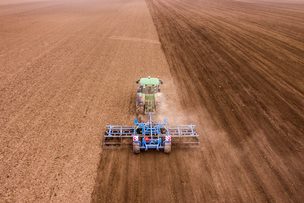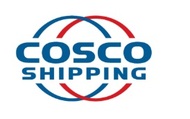
Welcome to
Green Harvest International Llc
Global Fresh Produce Expert
Gren Harvest International Llc, has meticulously researched the best growers around the world and has imported the finest varieties from numerous countries including Peru, Chile, Uruguay, Argentina, Costa Rica, South Korea, Israel, Spain, Morocco, South Africa, and the USA.
Bringing You the World's Finest Fruits
The emphasis is often on providing fresh, high-quality produce, as opposed to dried or processed fruits.
The fruits are not just any fruits but the best of the best, implying superior taste, freshness, and texture.































